

Neil Briscoe
2026 Xpeng G6 AWD Performance review: Quick drive
4 Days Ago
Did you know that Brisbane is home to one of the world's pre-eminent producers of electric car fast-chargers? Well it is.

Senior Contributor
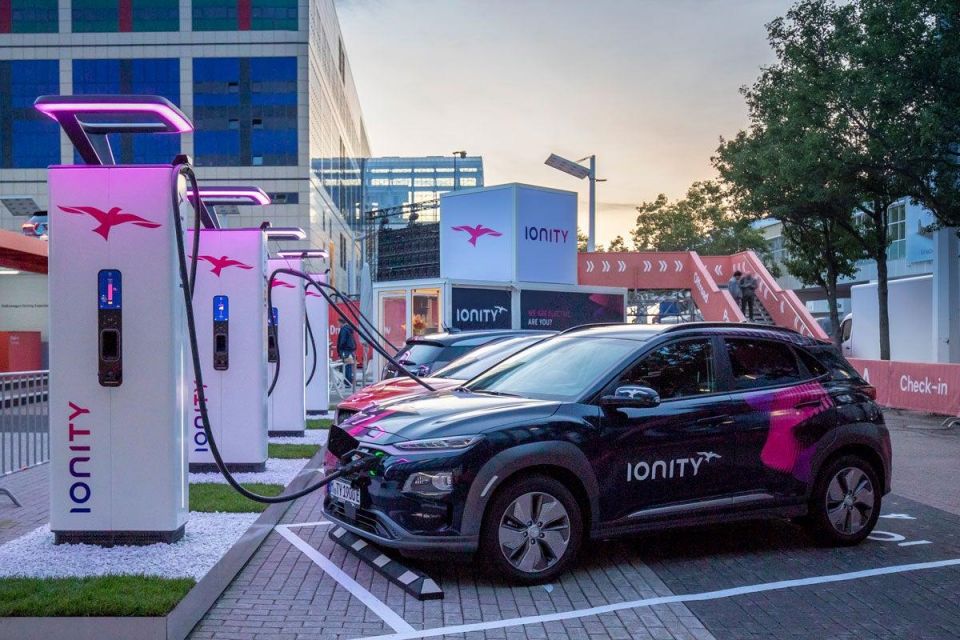

Senior Contributor
Tritium is a Queensland-based company specialising in DC fast charging for electric vehicles. While Australia is something of a laggard in electric vehicle (EV) take-up, Tritium has become a serious global player.
It manufacturers high-end rapid chargers right here in Australia, for local consumption and for export to major EV regions. It’s also launching world-first technologies.
Tritium is the largest supplier of 350kW DC chargers to the Ionity network that covers 23 European countries, and is co-funded by major car makers such as BMW, Daimler, Ford and the Volkswagen Group.
It also powers a just-launched charging centre funded by the City of Pasadena in California, with 20 of its DC chargers installed alongside 24 Tesla Superchargers.
It has also opened new E-Mobility Innovation Centres in Los Angeles and Amsterdam, with a focus on research and development, and some manufacturing.
And just this week it gained a $45 million capital injection to increase its Brisbane production capacity, to better cater for “blue chip” customer orders.
All up, Tritium has deployed more than 4500 charging stations and provided over 600,000 sessions in more than 33 countries. It claims to hold around 50 per cent share of the world-leading market for DC chargers in Norway and around 15 per cent of the wider global market.
The company also recently appointed a new CEO, based in Brisbane. Her name is Jane Hunter, and her previous job title was inarguably one of the coolest around – COO of Boeing Phantom Works, its advanced technology arm.
Who better to interview for our latest weekend Q&A?
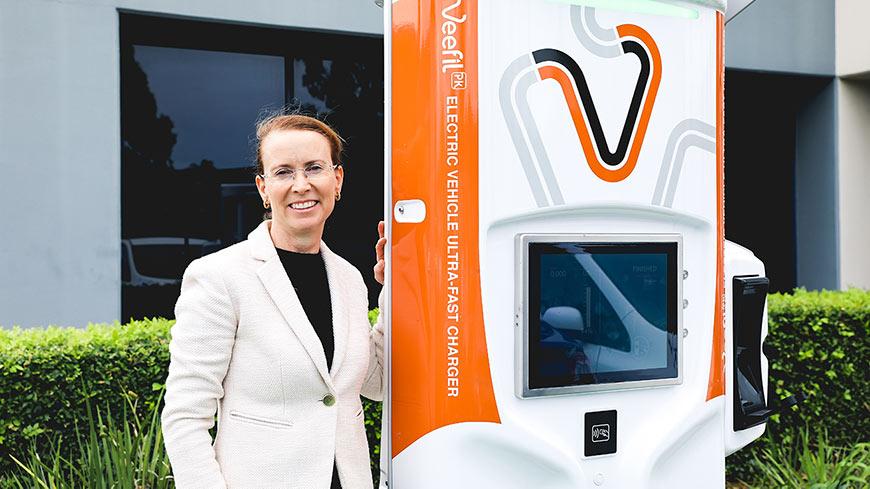
JH: So Tritium is a fast DC charging equipment manufacturer and designer. So we make fast DC charging equipment for electric vehicles. We design it, we make it, and we export it. And our products at the moment vary from the 50kW DC charger, up through 175kW and right up to a 350kW charger. So that’s the core business.
If your car can accept 350kW, then you get 350 kilometres per 10 minutes. So think of it that way. And 50kW is considered a fast charger, so that’s why we’re considered to be in the fast DC charging industry. For 50km in 10 minutes it’s 50kW, it’s a pretty simple rule.
Now not many vehicles can yet accept that 350kW. So that’s a future-proof product there that we’re rolling out and it’s being rolled out across the world. The Porsche Taycan is the closest to that, they can accept about a 240kW charge.
That’s the basic business that we’re in. Brisbane is where we’re headquartered. We do have outlets in both Amsterdam and Los Angeles. The bulk of our manufacturing occurs in Australia though, in Brisbane, that’s where we’ve got five or six product lines being manufactured.
And then we manufacture power units at our Amsterdam offices, where we’ve got a logistics warehouse and small manufacturing facility. And then we have another manufacturing facility in Los Angeles and they can make the 50kW variant, but in smaller volumes. And both of those facilities spend a lot of time just doing maintenance, repairs and sending things back out into the field.
So we’re very much global, but headquartered in Australia.
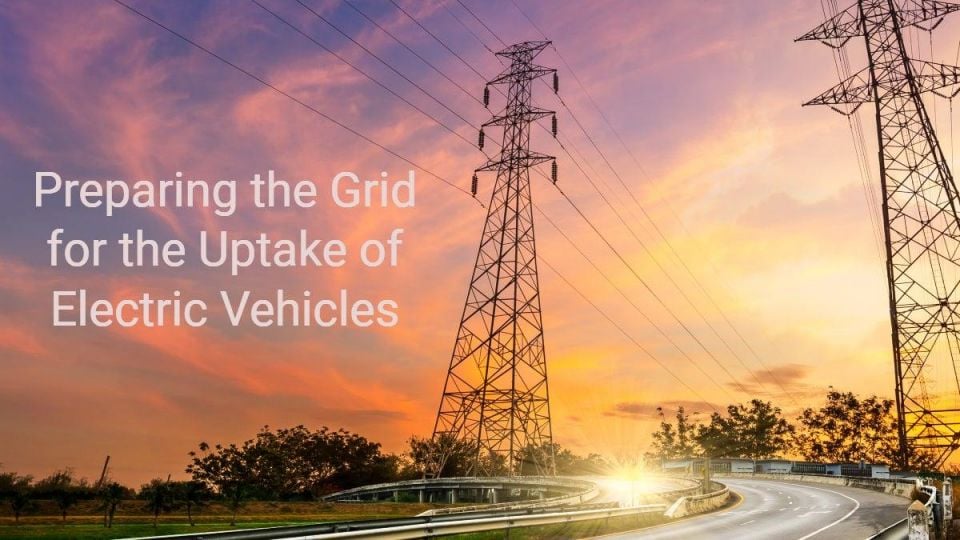
JH: Yeah, I mean, it’s a great question. And I think really interesting that it has started in Australia and remained headquartered in Australia. It’s a really great story and goes to one of the later questions that you posed Mike [we discussed topics in advance], around the R&D aerospace industry that I just came out of, that also has quite a good presence today here in Australia.
So one of the things for Australia is that we’ve always been very good at the ‘R’ but not the ‘D’, of R&D. So we’re a very great research nation, but the development part of it has been harder for us.
So one of the things you traditionally see with advanced technology in Australia is that we build amazing technology, but then the commercialisation of it often goes offshore. And in some cases we don’t even have the facilities here. So major foundries and things that are needed for microchips and so on.
We gave away a lot of that technology when it became difficult to manufacture in Australia.
So one of the great things that I’ve seen since I started working in advanced tech, and that was probably about eight years ago when I moved across to Boeing, was that the Queensland Government and a lot of the Australian State Governments have started to understand the value to their State economies of science, engineering and advanced technology.
And they’ve really deliberately fostered and attracted those businesses into the State and then tried to keep them there.
And one of the great things that I’ve seen is the Queensland Government particularly, they were co-funding projects when we were at Boeing in R&D and they’re still working to support all of their advanced technology industries, particularly in Brisbane.
And it was really interesting Mike, it showed up in the global innovation index. I don’t know if you’ve ever had a look at it, we’re I think number 22 this year, last year we were 20. So we’ve dropped down just slightly on that. But what it shows is how good your country is at fostering innovation and at putting together advanced technology and potentially exporting it to the world.
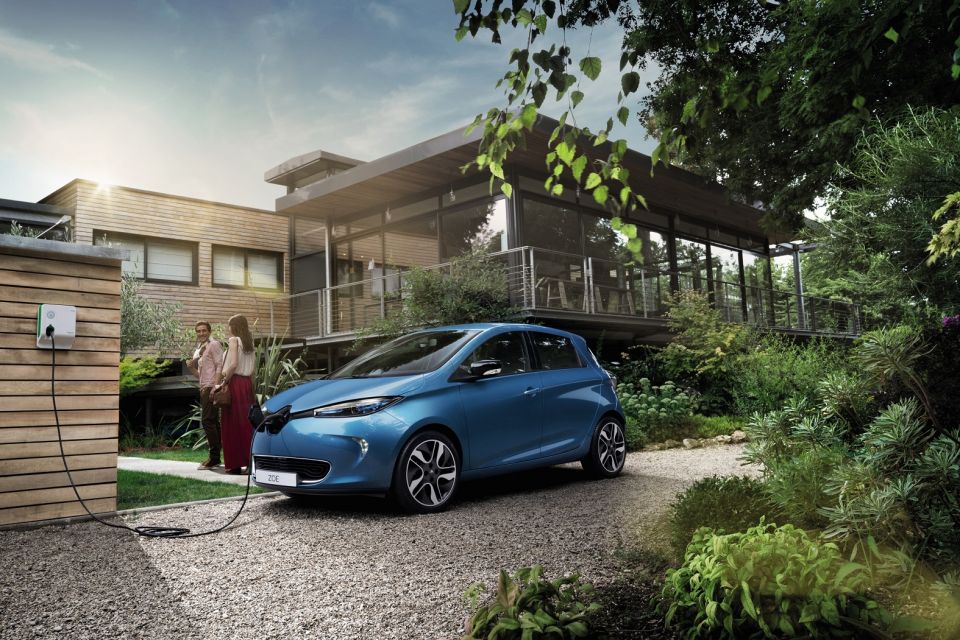
And in Australia there’s three what they call ‘science and technology hubs’ or ‘science and engineering hubs’. One’s in Sydney, one’s in Melbourne, they’re both medical, but there’s a third in Brisbane, which is engineering. So I actually don’t think that it’s a surprise that we find both Boeing Phantom Works headquartered in Brisbane and Tritium headquartered in Brisbane, and actually at Sunshine Coast you can see there’s now Gilmour Space Technology, so there’s a space startup.
And so you can see this hub up here in Brisbane, fostered by the local university sector, which is actually an engineering hub as opposed to a medical hub. Interestingly, we’re number one in the world for the amount of time we stay in school, number two in the world for tertiary enrolment, and our universities are number the five in the world. So think about that.
We’ve got all these really smart engineers here, and if we can keep them in Australia and give them interesting jobs, we’ve got the smarts to do it. So I don’t think that it is actually unusual to find this smart technology here and actually it’s not a surprise that it’s in Brisbane, although that might seem like a surprise, there is this little engineering hub here which can attract all the smart engineers up here to work. And you can see them coming back from overseas during COVID. You can see them coming from interstate.
And so when you get that, you actually can do this amazing technology. That’s not the problem. The problem of course, for Australia, is manufacturing when we’re so far from the rest of the world, and particularly in an industry like ours, where we make something bulky and heavy, which has to then be air freighted, which is very expensive during COVID.
That’s been a problem for us. If you compare us to people who are say, based in Europe, or even if you’re based in India or China, you can truck things. We can’t truck anything to the rest of the world. Everything has to be either flown or shipped and that’s the bigger issue, the distance from the markets.
So what I think you’ll see with Australian industry is that it will become very much the R&D hub, which could well be headquartered here in Australia. You might manufacture in various other locations or you’ll be manufacturing high-end small technology… and you can see how that could work really well making microchips and processors.
But we certainly, supply chain wise, are far from the rest of the world.
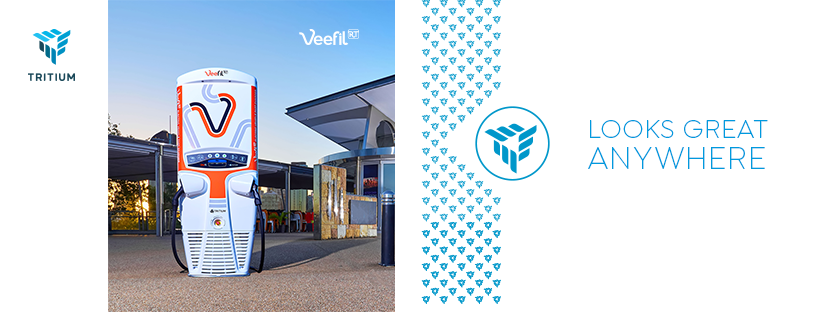
JH: Well infrastructure, it’s going to be critically important of course, to roll out. Any survey that you take of people about ‘when am I going to buy an EV?’, you’ll find that it’s high up there and the answer for them is when they feel secure, that they won’t have range anxiety, and that there’s the infrastructure to support them.
Even though, of course, that’s the very low likelihood that you’re not charging at home.
So it’s most likely for people they’ll charge at home and at work and that just occasionally they’re going to need to use a charger on a highway. But of course, nobody wants to be limited, right?
We all want to be able to drive wherever we want, we want driving freedom. So there will have to be that infrastructure rolled out across Australia.
And at the moment, there’s a good little industry of that occurring with the charge point operators, between Evie, Chargefox, Yurika… Victoria has put Government support in. In Tasmania, we’re seeing a number of city councils are putting chargers in off their own bat. And Tassie is going to be a nice, easy little place like New Zealand.
It’s easy to get around without far distances. It’s going to be good case study, I think, for Australia, because things will work out pretty neatly there because you can drive across the whole State in a couple of hours.
So we’re certainly seeing that there is a roll out occurring across Australia, supported both by Government and by these charge point operators. But there’s still time to go, Mike, in the sense that there’s not much happening up in the Northern Territory, up in the North of Western Australia. So those remote areas are still going to need to be serviced so that if you live in those parts of the world, you can get long distances without running out of charge.
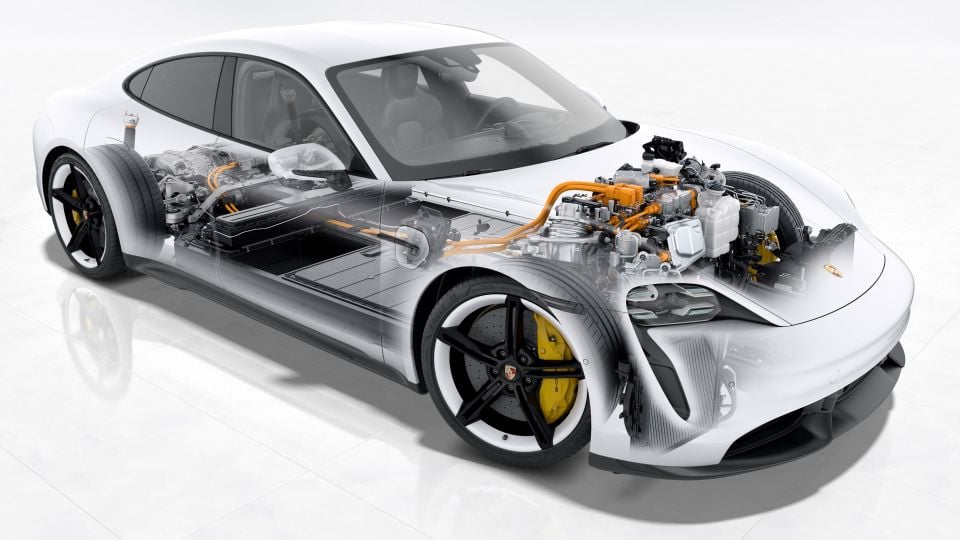
And then of course there’s all the questions that are arising relating to the electricity grid and how we make sure that we don’t over tax the grid. And I know from the Government’s discussion paper that you would have just seen them put out, the technology roadmap, that they thinking about exactly these questions.
So trying to incentivise drivers to come by at non-peak times. And that’s one of the great things about EVs, for example, if you make electricity cheaper after 8:00 PM, people will go and charge after 8:00 PM. If of course they’re not charging at home.
So if you say to them, “Your power’s going to be cheaper if you charge your car after this hour,” people will do that because we’re all incentivised to save money and by pricing. So you can control timing to the grid and then of course we can give energy back to the grid.
But those are the questions Government should be thinking about and it’s great to see that they are thinking about that. And I see the discussion paper as a great initiative on the part of the Government, but equally, they’ve done some other things. There was a 2018 paper they commissioned as well, which was about EVs in Australia and both of them follow on from each other, so those are great developments as well.

JH: It’s interesting. The $50 million question, whether we get into AC charging and home charging? Look, at the moment there’s no plan for us to get into AC, we know what our competitive advantages are and where the sweet spot is for us, and fast DC charging is really our sweet spot, and that’s where we do have an advantage and we’re ahead of the game against a number of our competitors.
AC charging… you’re talking about very inexpensive, small chargers that you’re selling and making in bulk as a commodity, whereas we’re a bit more of an advanced technology, that’s a little bit more niche. You’re making lower volumes, but at much higher cost. And you can see how that’s always going to work better for a country like Australia where, for example, a country like China is going to be a better place to pick up commodity-based manufacturing of cheaper price point and higher volume product.
Now, it doesn’t mean that we won’t look at a fast DC charger for the home market. There’s already one or a couple of those actually, on market from people like BMW who have a 25kW home DC charger.
But even that will be a bit of a niche charger, when you think about the cost of it, it’s not going to be something that everyone who has a family car is going to want to buy. You’ll buy it because it’s convenient because you can come home, charge in 10, 15 minutes and get off again with a lot of range. So you can see that for many people they’ll just make do with charging overnight, with a low-voltage AC charger.
But if you’re a person that needs to be able to get home rapidly, turn the car around and get back out again, I could see that you’d happily invest a little bit more in a fast DC charger. And if the market for that takes off, I can see that we would definitely get into that market, but certainly no plans at the moment.
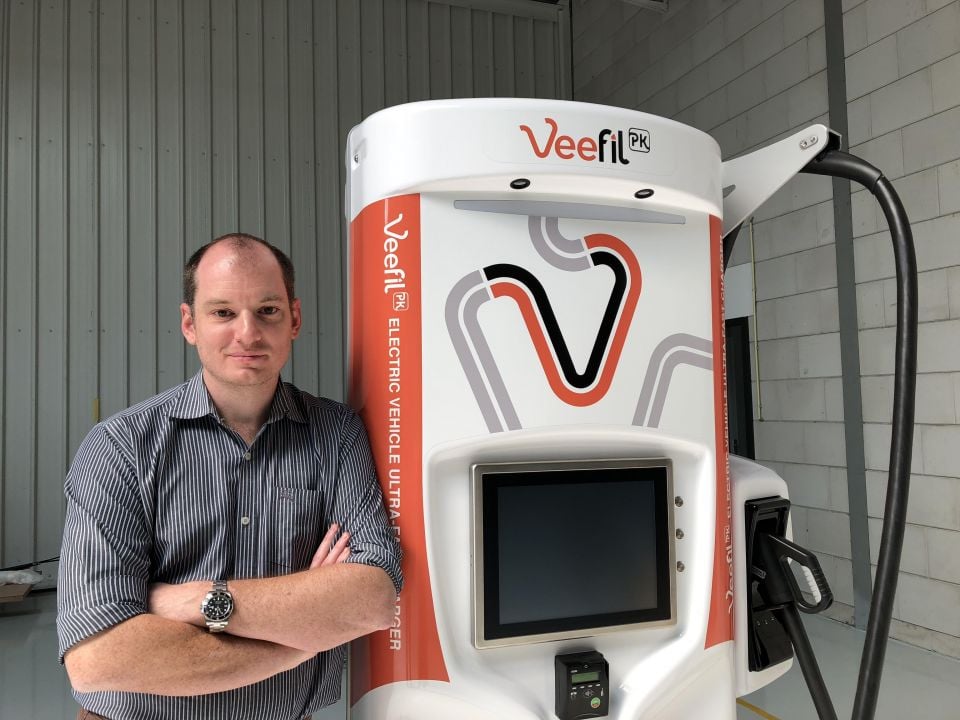
JH: Ionity has been one of our very largest customers. In fact, I believe the largest single fleet we have is with Ionity. Their fast DC chargers are rolled out across Europe and they remain a critical and very important customer of ours.
That particular model certainly could work in Australia. And I notice you mentioning under the aegis of the FCAI. It would certainly be good to see OEMs encouraging the take up of their EVs in Australia via supporting infrastructure here.
At the moment though, you can see that that’s occurring to an extent through your Chargefox, Evie, Yurika, the NRMA, supporting that and some of the State Governments also supporting the rollout. So it might be that we’ve actually already secured what we need and have the players that we need in this market before we get another player come and get involved like the OEMs.
But certainly everyone who wants to be involved we will be encouraging, because Australia is a vast country with a huge amount of space, there’s room for a lot of players before the market’s tapped out.
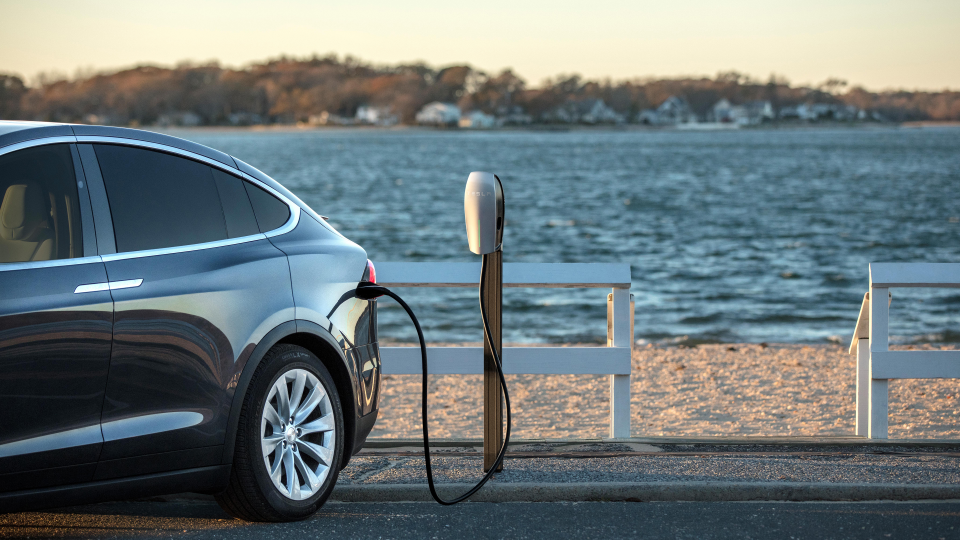
But what we have seen in the [United] States particularly, is that you need a lot of hubs in the metro areas. So in places like say the city of Pasadena, where you’ve got a massive uptake because of the incentives that they’ve had for EVs, you’ll have a lot of charging infrastructure in that small area.
But you’ll find that there’s usually just enough hubs between major city centres, that there’s one or two you can stop at, and people just go to them because they know where they are, and they know that they can get a good coffee there or whatever it is they like to do.
And then once you get it up into mountainous, remote, rural regions, there’s not much there. You’ll find that there’s a single charger here and there in Oregon, enough to get you across the state, but they’re not always associated with hubs of coffee shops and those sorts of things.
So I think you’ll find Australia will be a bit similar in that there might just be one charger for you, out near Uluru, and there won’t be too much more there, but just to allow you to drive wherever you want to drive to.
I can see that probably will just be rolled out by the operators we’ve already got because they’ve got a foothold in the market. But is there room for other players? Absolutely, and we’d welcome them if they want to come out to Australia and help support the roll out.
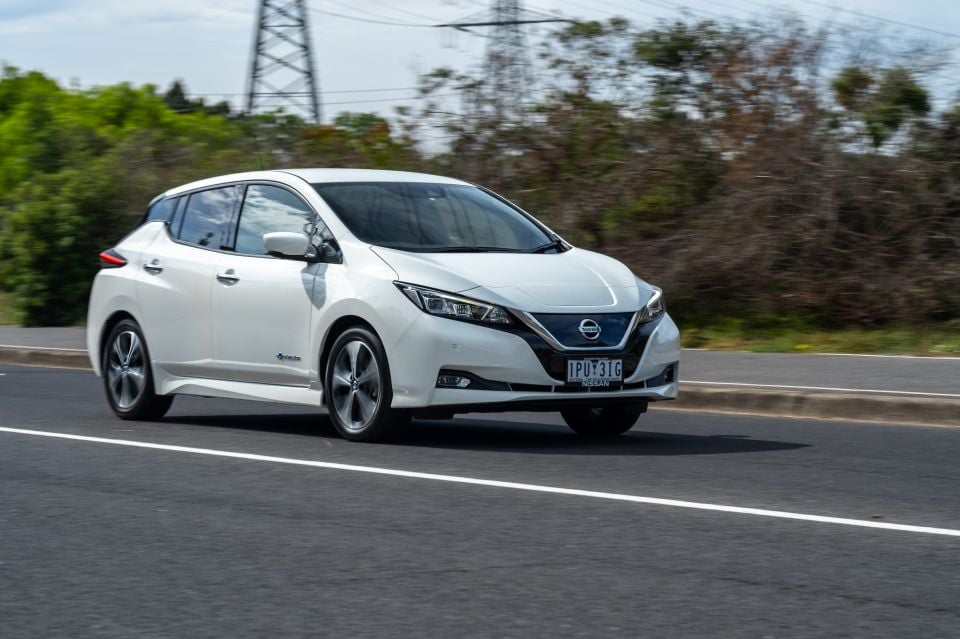
JH: We do have preferences and I know that the Government’s paper and in fact, their stated policies at the moment, have been to enable consumer choice, which has been more about being hands off, just enabling consumers to take up EVs if they’d like to, rather than pushing the take up of EVs.
And of course we’re going to be supportive of that, which is the driving of consumer awareness through Government campaigns. And that was relatively successful in New Zealand, they did that initially there without providing any incentives and that did drive uptake.
Certainly I don’t want to appear in any way that we’re not supportive of that, but we absolutely are supportive of the tax incentives to encourage the take up of EVs because we know that that’s the most effective way to do it, and that you only need to do it for a short period of time and then you can roll it back.
And that actually fits with, if you’re interested, the Australian electric vehicle market study that the Government did in 2018, that very clearly found that financial incentives and particularly reducing the upfront purchase cost, are the incentives that have the biggest impact on EV sales… Non-financial incentives play a supporting role, not a leading role.
I don’t see it as a lot different than the solar industry. And it was the same, very similar there with other renewable technologies like residential solar.
It’s got expensive upfront cost, it takes years to pay itself back, but successive Australian Governments have always provided incentives to consumers to take up that green technology because it’s for the benefit of Australia. We’ve got plentiful sunlight and why wouldn’t the government encourage it?
And I feel that certainly from Tritium’s perspective, it’s very similar. You want to make the shift to EVs, which have a great benefit for the environment, zero emissions, great for air quality, can use renewable energy and there’s so many great benefits to our environment that we’ve actually seen them during COVID with the reduction in smog and pollution across cities, why wouldn’t we incentivise them? And it’s a short term thing.
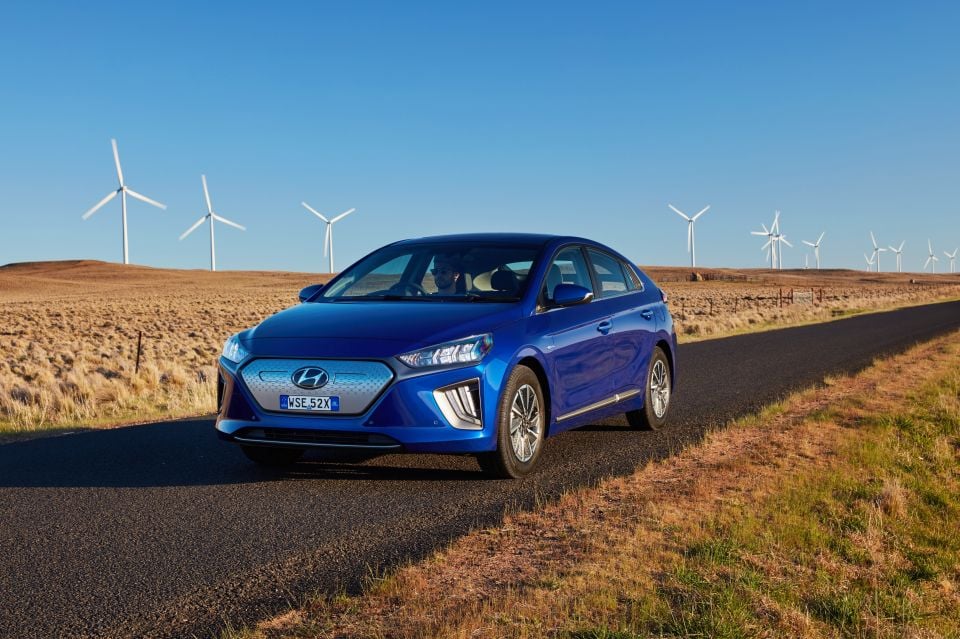
We can see that now with the Netherlands which did it via a business fleet incentive. So similar to the FBT, it was removed from your income when you had a vehicle that was provided by work, and they’re starting to roll that back now after two to three years of rolling it out, but it’s had a massive impact on the uptake of vehicles.
When you’re over there, every second or third vehicle on the road is an EV.
JH: Absolutely. I think they called it the Tesla tax didn’t they? Because initially that was the most popular car that got taken up with it. So yeah, absolutely supportive about it.
And in terms of what we’ll put in our submission, we’ll certainly be submitting that we should remove the luxury car tax on EVs. And the way that that could work is, I think it’s a 33 per cent tax and effectively currently there’s already a gap between non-fuel-efficient and fuel-efficient cars.
So it kicks in at $67,000 for non-fuel-efficient cars and it kicks in at $75,000 for fuel efficient cars. So why don’t we just have a higher threshold again for EVs? For example, it could be a hundred. If you do that, you’ll have this immediate kicker where potentially noting that it’s not a forever thing, people will go out and change their vehicle over.
And that deals with one of the potential problems that’s flagged in that discussion paper, the technology roadmap paper that just came out, somewhere buried in there it says that they see one of the issues with EV uptake is Australia’s light vehicle fleet having an average age of 10 years. So people don’t turn their car over much more than 10 years at a time – and so what they’re saying is that’s going to mean that it takes a long time for EV uptake, where you’re waiting for people to run through the 10 year life on their current vehicle.
If you don’t incentivise that, it’s going to be a long time before we see that turnover. Whereas if we do incentivise it, you’ll see it’s a really rapid change and then it will get a life of its own, where vehicles come onto the second-hand market and people can buy a cheap EV, they don’t have to buy a state of the art, luxury EV that they can’t afford.
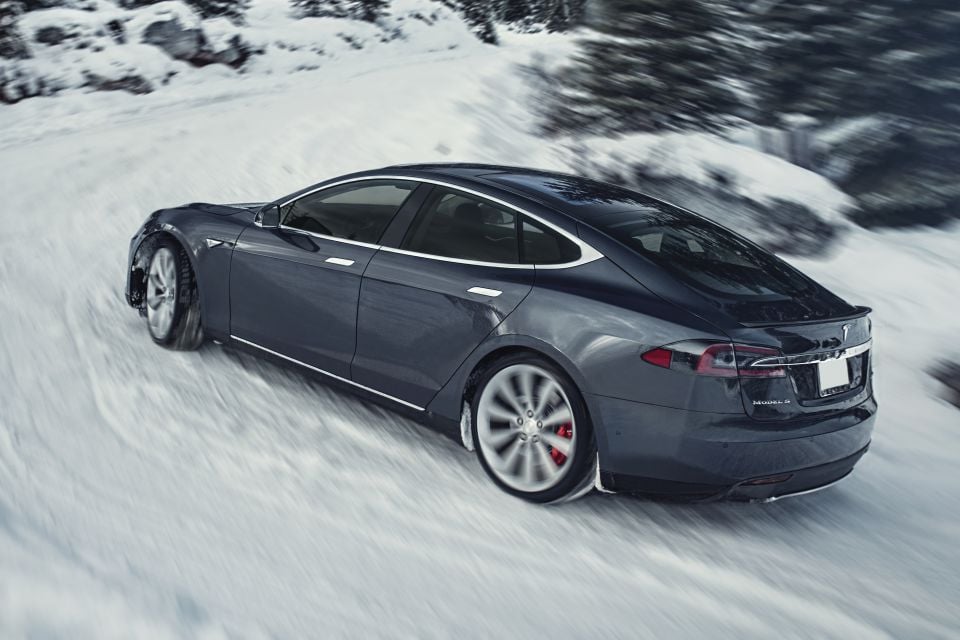
Following that, I’d definitely be suggesting that we offer tax incentives to business fleets that electrify, much like they’ve done in the Netherlands. Government fleets should electrify.
If they do that, they’re going to help bring over EVs that we currently don’t get in Australia because we don’t have the volume of sales. So if the city councils and Federal Government electrify their fleets, then we can get certain EVs brought over here by the OEMs because they’ve got a guaranteed volume that they otherwise wouldn’t get.
And again, it has this great impact on the secondhand market.
And then I think the other one that we’ll definitely be suggesting is the vehicle efficiency regulations, because those drove a 200 to 300 per cent uptake increase in the US. If you set up a vehicle efficiency standard that’ll start to underpin the OEMs much more aggressively marketing their EVs here so that they can meet their compliance targets.
But if I was to pick a winner out of all of them, I think it’s probably the luxury car tax. I think by making that reduction, we can see that all of the studies are showing that that’s the biggest driver, which is reducing that upfront cost for people of what otherwise currently has a higher upfront cost than an ordinary car.
And that makes it a hard decision. For example, if you want to buy a Hyundai Ioniq, which is not really a luxury car, currently that’s going to cost you something in the 50 thousands, I think it’s $54,000 by the time you pay your on-roads for that. And what you’re still getting Hyundai Ioniq, it’s the same car but significantly more expensive than the ICE version of it. So it makes it hard for people to justify that expenditure.
So you need to somehow deal with that issue for people, where they’re weighing up, well, how much car do I get for my money? And you’re making decisions a little bit like solar, where you’re paying more up front and going, “Well, this will pay off for me in the long run because I’ll have less maintenance to pay and I’ll pay less on fuel.”
But you’ve got to have the money to make that decision in the first place and we want to enable every family to have an EV, we don’t want it to be something that’s limited to the high end of the market.
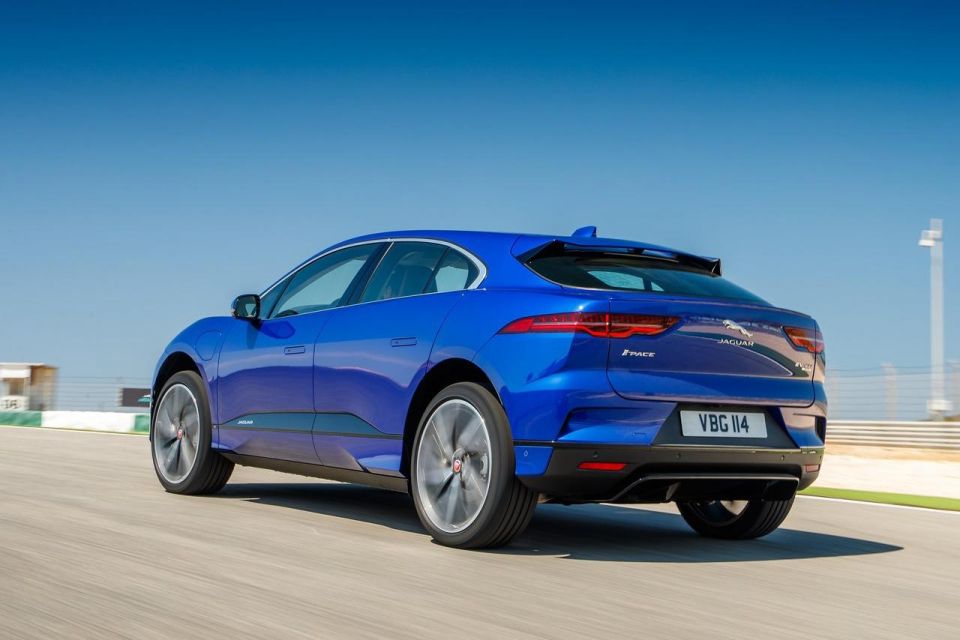
JH: That’s an interesting thought. The incentives have tended to be thought about in terms of the car and the fleet rather than the hardware. I definitely think that will be an interesting model, in that if you can get the hardware in, it’s going to encourage people to think, “Well, actually I can charge every day at work”.
And if that’s an incentive that you’re going to apply for your employees, it is actually a great convenience. I’m a perfect example of that now in that, because I have free EV chargers at work, that’s where I charge my car all the time.
I don’t really charge at home, I always charge at work because it’s fast, quick and easy. And also I’m using, I guess, work’s electricity, not my home electricity. So it’s one of those great, little benefits you can provide your employees, which I could see that people would love, it could be one of those little things you could offer to people where they think, “Okay, well that does away with my fuel bill every day for a year. And that’s actually a nice little hidden incentive there”.

JH: Absolutely. And you’re quite right, Phantom Works, it’s a great sexy name and it’s equivalent to Lockheed Skunkworks, which is also pretty cool. And it was hard to give up some of the really interesting tech that we were developing there, with very deep pockets.
Boeing’s a company with a lot of money behind it, so you were never short of cash for interesting investment in really complex and interesting R&D.
The incentive, the attraction for me to move across to somewhere like Tritium, is really the fact that it is a home grown, fully homegrown Australian technology, basically fully designed onshore by Australian engineers and it’s really fantastic, I think, to be able to contribute to the growth of Australian innovation and Australian industry.
But Boeing Phantom Works, that being said, the Loyal Wingman drone that they’re developing has had to be fully developed by Australian engineers onshore to keep it free of international trade and arms regulations. So that also was a great piece of growth for Australian industry and something I was very proud to be part of.
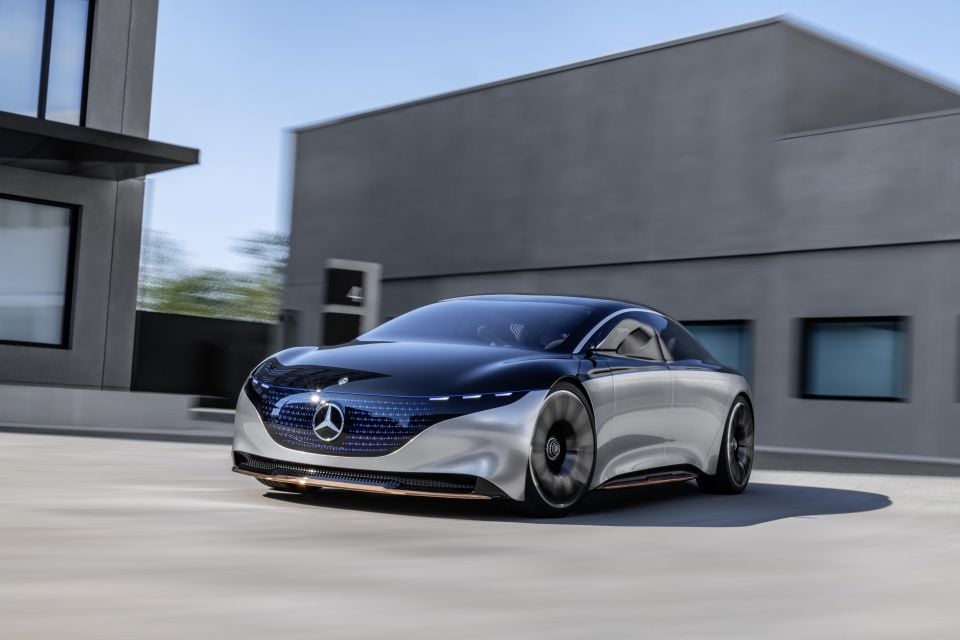
But that being said, ultimately the IP is owned by Boeing, which is an American company. So although you’re growing skills here, and you’re growing the knowledge base and you’re developing a great little hub of engineers, particularly down in Melbourne and also up in Brisbane, ultimately that IP is owned by the Boeing company, who’ve made the investment in it, as it should be, right?
But… I’m loving being part of an Australian organisation and feeling that I’m contributing so much to Australian industry.
In terms of crossover, automation is really the area where they need to be talking more on, it’s the future for both industries, right? So both cars and planes, as much as I’m sure car drivers don’t necessarily want to see it coming, but automation is coming and it is the future for both of those industries, and they need to share more of that technology. Because the problems that they’re solving are the same problems.
You’re solving detect and avoid, which is complex technology for software to detect and avoid things.
You’re solving things like movement in formation, so how close does one car drive to another car? When does it stop?
Those are all being dealt with in aero as well. So when you’re flying, say, a swarm of drones, you’re dealing with the exact same question. So could they crash into each other in the air? How much faster does drone A need to go than B, when you’re turning in a circle?
And dealing with sensor imaging objects, and there’s some really complex problems that both industries are trying to solve there. So how do you see things in low light? How do you see things in fog? What happens if the thing you’re looking for is obscured by water? Those are the exact same problems and we’ve seen a couple of issues for people in the automotive industry, they’ve had exactly those issues, something that was slightly obscured, maybe it was a plastic bag that was see-through.
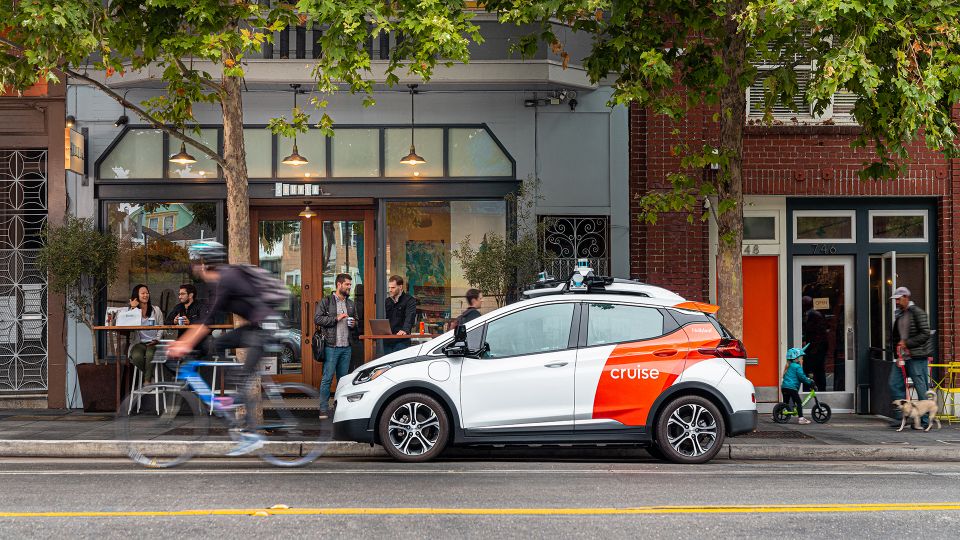
So there’s a whole series of problems in sensor detection that have to be solved by both industries. For drones and planes, they’re just a little bit further away. So they’ve got this issue that they’re up in the sky trying to detect things on the ground. Whereas they’re much closer for vehicles, but they are actually the exact same problem. They deal with questions of speed and sensor detection.
And then the other question that both of them have got to solve, which is really important… how do you trust software and machines? How they deal with moral ethical dilemmas, which is a really tough question.
JH: Yeah, and how do we create tests that are sufficient for us to trust those systems without having a human in the loop. And at the moment we’re leaning in all of these areas, towards having a human in the loop so that if the decisions made it’s a human decision, not a machine decision.
But the same questions will be being dealt with by automotive as they are by the FAA and those aero bodies, and they literally being developed by these bodies as we speak, which is, how do we trust the testing? What are the standards we set for that testing? And then how can we be sure that the decisions that are being made are decisions we want them to make and that they’re safe?
So safety is absolutely critical for both cars and planes and certification is another area where they completely and utterly overlap. And they both have these very strong and high standards for certification and safety and if we get together and share more of this advanced technology and sensor technology, I think we’ll find that we both go a lot faster in these areas.
And to an extent, advanced manufacturing is probably the other area that it attracted me across to Tritium because it is an advanced manufacturer of advanced technology, and a developing technology. They are different in the sense that for example, Boeing building drones, it’s pretty much fully automated. So everything’s robotic arms, things go along on little train tracks, and then it gets turned about by arms and spray painted. And it pops out the end with very little human intervention.

It’s still much more hands on in the DC charge industry because you’ve got thousands of parts in a DC charger and some of them could be automated and you can certainly have robotic arms to do things like torquing and just making sure that things are screwed to the exact right levels and things, but it still requires a level of human intervention.
So it’ll be better for you if you have a human put the bolt in the hole in the first place and then have the robot come along and tighten up the particular screw or fastener that you’re dealing with. But I do see a lot of similarity there, in that you’re talking about lowish volume, high end manufacturing, so they can also learn a lot from each other.
JH: Thanks, Mike. I really appreciate it. And we’re just glad to see some of the car industry just taking an interest in EVs.


Neil Briscoe
4 Days Ago


Max Davies
3 Days Ago


James Wong
2 Days Ago


William Stopford
2 Days Ago


Josh Nevett
1 Day Ago


William Stopford
22 Hours Ago